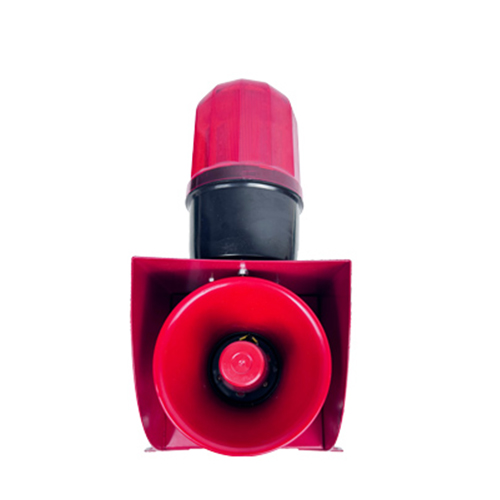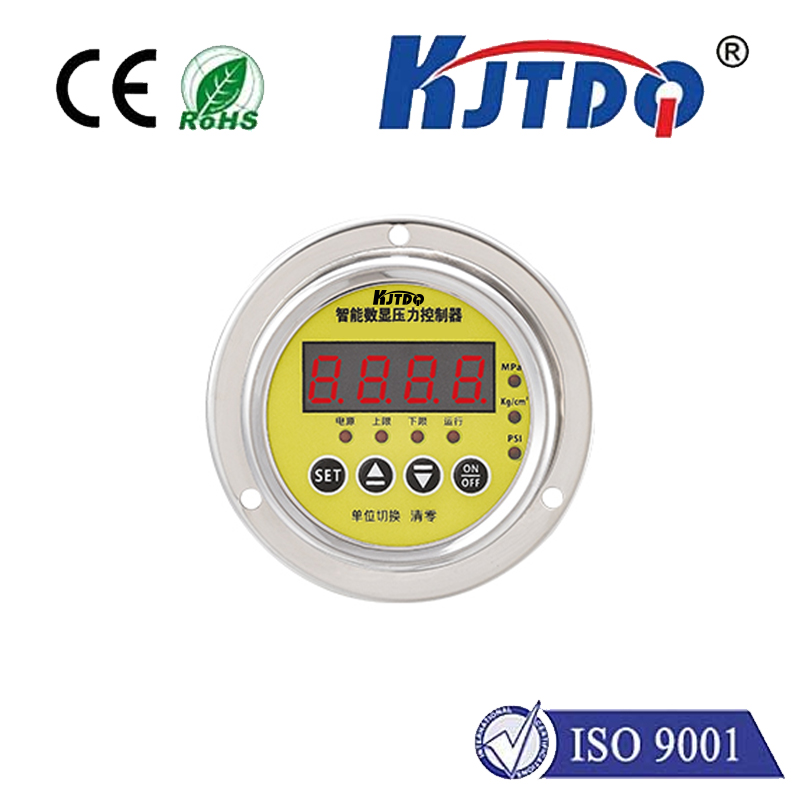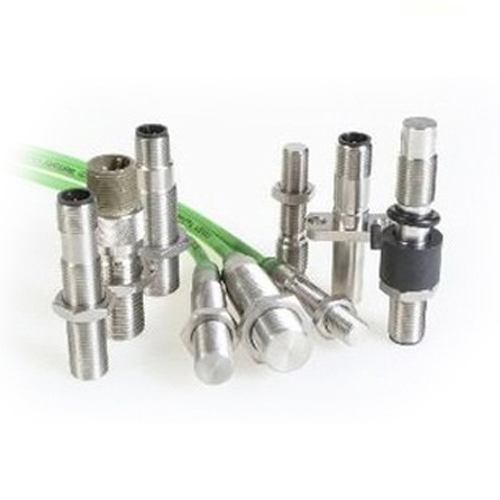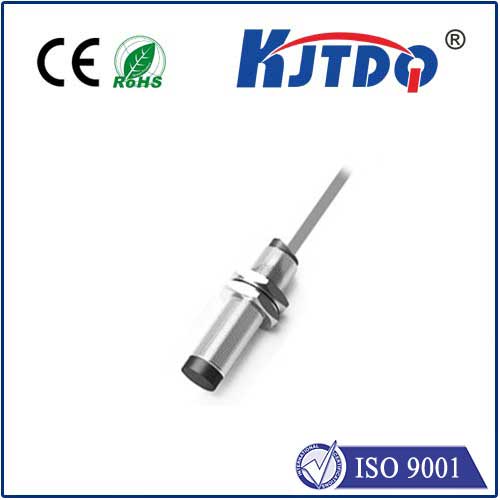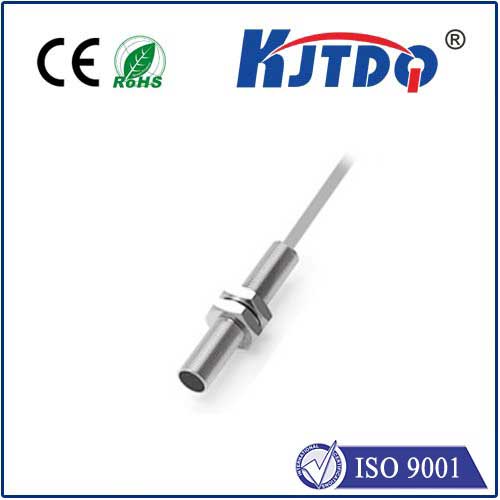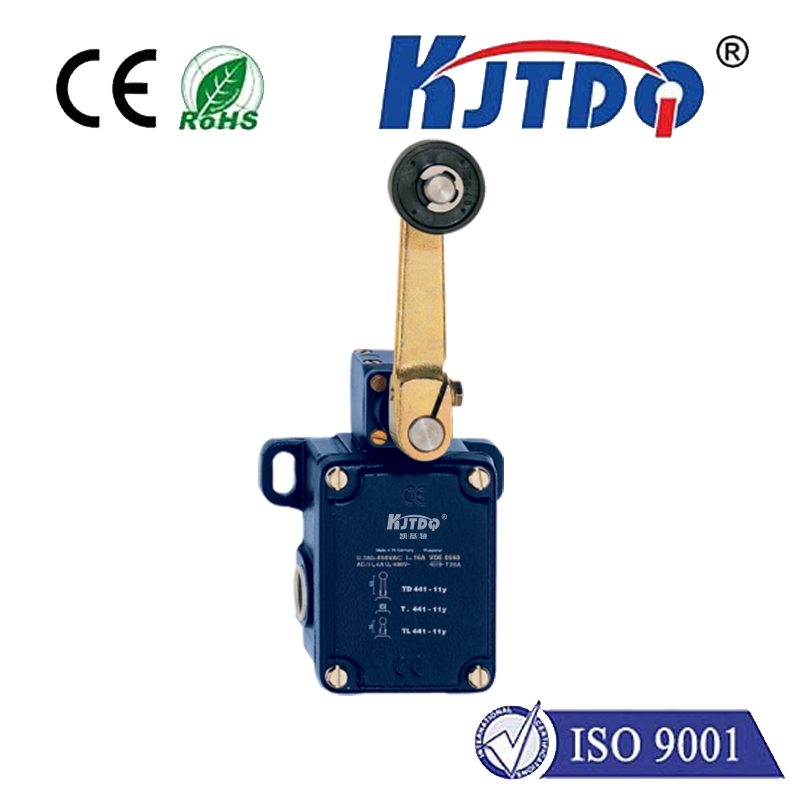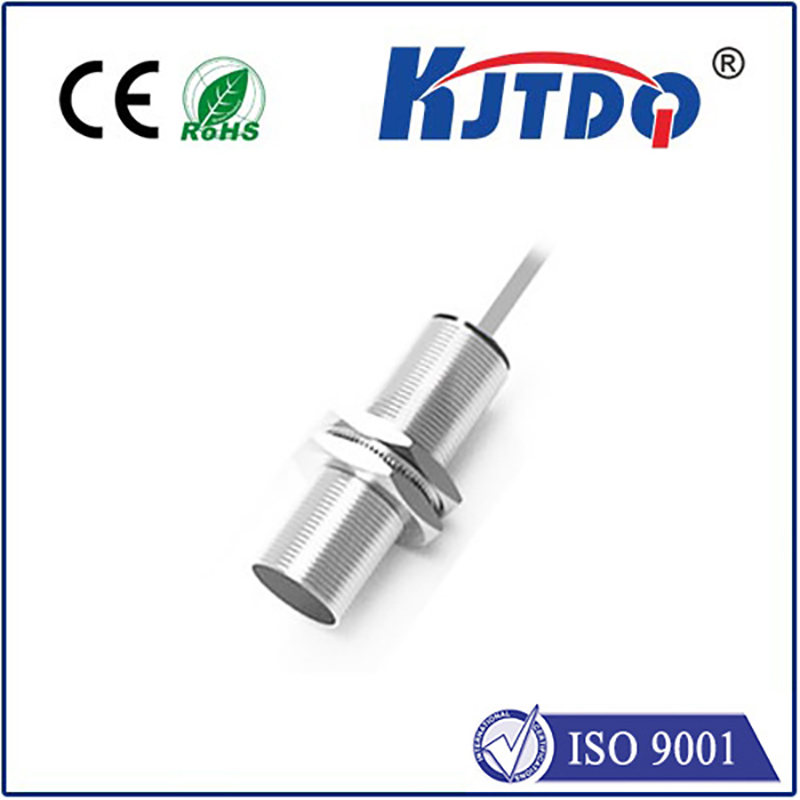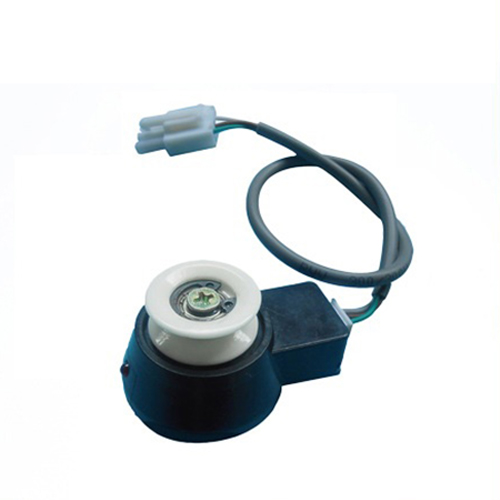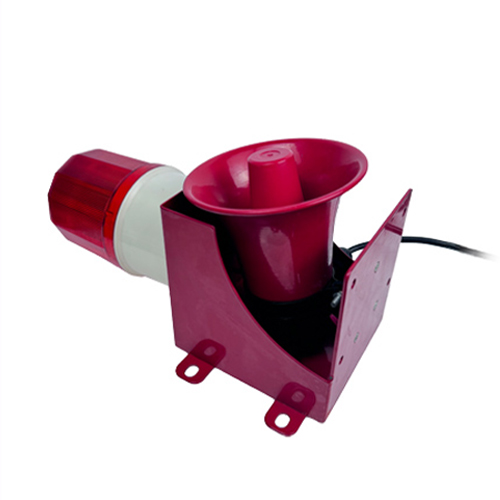

check

check

check

check

check

check

check

check

check

check
Picture this: you’re capturing a breathtaking sunset on your smartphone, sharing it instantly with friends across the globe. That moment is made possible by a tiny, unsung hero embedded in your device—the CMOS optical sensor. As digital imaging evolves at breakneck speed, CMOS (Complementary Metal-Oxide-Semiconductor) optical sensors have emerged as the backbone of countless innovations, from consumer gadgets to advanced robotics. They’ve quietly revolutionized how we see and interact with the world, blending efficiency with affordability in ways that once seemed impossible. In this deep dive, we’ll explore the inner workings, key advantages, and far-reaching applications of these sensors, shedding light on why they’ve become indispensable in today’s tech-driven era.
At its core, a CMOS optical sensor is a sophisticated semiconductor device that converts light into digital signals for capturing images or videos. Unlike older technologies like CCD (Charge-Coupled Device) sensors, which dominated early digital cameras but were power-hungry and costly, CMOS sensors integrate both the light-detection pixels and processing circuitry on a single chip. This integrated design allows for faster readout speeds and lower power consumption, making them ideal for battery-operated devices. Each pixel in a CMOS optical sensor acts like a miniature light meter: photons from a scene strike the sensor’s surface, generating electrical charges proportional to the light intensity. These charges are then amplified and converted into digital data by onboard circuits, enabling real-time image processing. This streamlined approach not only reduces manufacturing costs but also enhances durability and scalability—traits that have propelled CMOS sensors into mainstream use since their commercial rise in the 1990s.

The advantages of CMOS optical sensors extend far beyond mere cost efficiency. One of the most compelling benefits is their versatility in powering high-resolution imaging without draining resources. For instance, in smartphones, modern CMOS sensors support features like HDR (High Dynamic Range) and low-light enhancement, delivering crisp, vibrant photos even in challenging conditions. Moreover, their rapid response times make them perfect for applications demanding speed, such as autofocus systems in digital cameras or motion detection in security cameras. Unlike CCD counterparts, CMOS optical sensors consume significantly less energy—a critical edge for wearable tech like fitness trackers, where extended battery life is paramount. This efficiency stems from their ability to process data locally on the chip, minimizing data transfer delays. However, it’s worth noting that early iterations faced criticisms like noise in low-light scenarios, but continuous advancements in pixel technology and algorithms have largely mitigated these issues, boosting their reliability across diverse environments.
When it comes to real-world applications, CMOS optical sensors permeate nearly every facet of modern life, driving innovation in both consumer and industrial domains. In everyday gadgets, they’re the heart of smartphone cameras, enabling everything from selfies to augmented reality filters that engage users globally. Beyond personal devices, these sensors are pivotal in automotive safety systems, such as lane detection and collision avoidance in autonomous vehicles, where high-speed imaging ensures split-second decision-making. Medical devices also leverage CMOS optical sensors for non-invasive diagnostics, like endoscopes that provide high-definition visuals during surgeries. Additionally, the rise of IoT (Internet of Things) has expanded their role into smart homes and environmental monitoring, with sensors capturing detailed images for climate studies or agricultural drones optimizing crop health. This widespread adoption underscores how affordability and adaptability have democratized imaging technology, allowing startups and tech giants alike to innovate rapidly.
Looking ahead, the future of CMOS optical sensors promises even greater breakthroughs through ongoing research and development. Emerging trends include the shift to smaller, more powerful pixels for enhanced resolution in compact devices, along with AI integration for smarter image recognition. For example, AI-driven CMOS sensors could soon enable real-time object tracking in drones or energy-efficient surveillance, reducing false alarms in security systems. Innovations like stacked sensor designs are also gaining traction, allowing multiple layers of circuitry to boost performance without increasing size—a key factor for the next wave of foldable phones and wearables. Despite challenges such as scaling for quantum imaging, the trajectory points toward more sustainable, accessible imaging solutions that empower innovations in fields like space exploration or telemedicine.
In essence, CMOS optical sensors represent not just a technical advancement but a paradigm shift in how we capture and interpret visual information. Their journey from niche components to ubiquitous tools highlights a broader technological evolution, where efficiency and intelligence converge to shape our digital experiences. As research pushes boundaries, these sensors will continue unlocking new possibilities, proving that in the world of imaging, bigger isn’t always better—it’s smarter.
